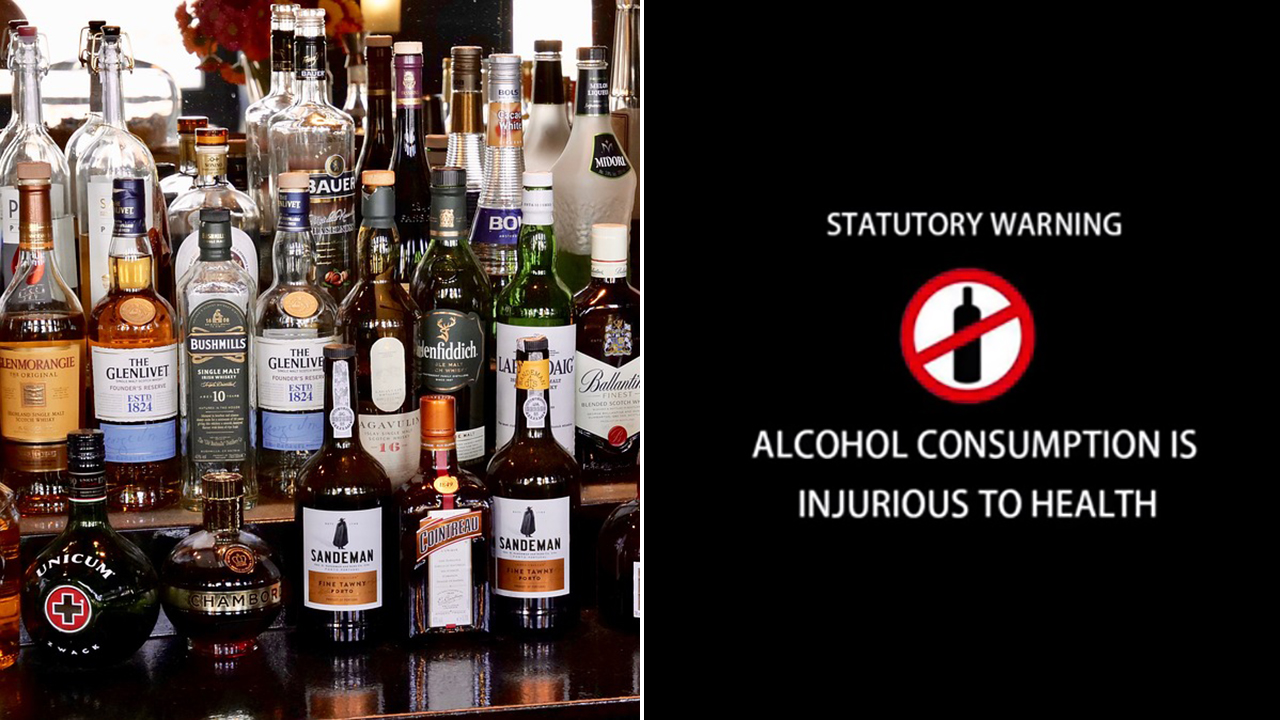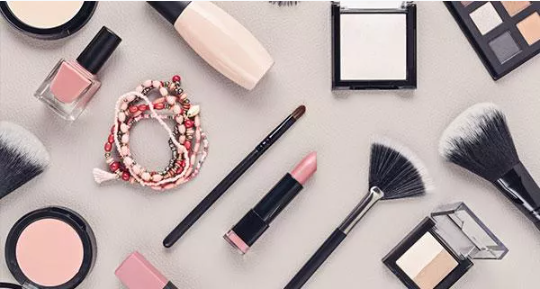If you have teenagers, you likely spend much of your time marvelling if and when they’re managing drugs. Drugs are a large-scale difficulty and scarcely a day proceeds by without mention of agony tablet addiction or overdosing, vessel fuming, designated day rape pharmaceuticals, heroin, chink cocaine, or the hazards of the new synthetic pot.
But if you rarely or frequently indulge in alcoholic beverage, you may have many to concern about without your children ever departing home.
That’s as asserted by a new study undertook by previous U.K. pharmaceutical consultant David Nutt and his British colleagues at the Independent Scientific Committee on Drugs (ISCD). This newest, very genuine pharmaceutical risk is a certain thing numerous of us have right at home. From wine to beer to the hard stuff, the study discovered that in periods of managing hazard to humanity as an entire, alcoholic beverage is the poorer pharmaceutical lawbreaker of all.
Naturally, the study released lately in The Lancet has sparked many of argument, just as the entire theme of pharmaceuticals and their hazards has finished for some time now. In a try to grade the gravity of distinct pharmaceuticals, a pharmaceutical classification scheme was conceived to accredit pharmaceuticals into distinct categories. According to the pharmaceutical classification scheme actually in use in the U.K., “Class A” pharmaceuticals like heroin are the worst. Cannabis, classified as a “Class C” pharmaceutical, is awful, but not as bad.
Feeling powerful that the present pharmaceutical classification scheme is ineffective, David Nutt in his previous function as a pharmaceutical advisor, endeavoured to get U.K. agents to change it. His efforts were failed and Nutt completed up being taken from the office. Beaten but not broken, Nutt set out to perform his own pharmaceutical hazard study in a further try to make the world take notice. And it has.
The report that’s dispatching shockwaves over the globe is founded on a new classification scheme that the British investigators engaged in this study devised. The classification scheme allotted an issue worth nine distinct components encompassing the allowance of damage a pharmaceutical does to a one-by-one, how it sways connections, how the pharmaceutical sways other ones, the health charges and jail charges affiliated with the pharmaceutical, and more.
Before the consequences on humanity were factored in, heroin, chink cocaine and methamphetamine covered the register as the most unsafe drugs. Then after recalculating tallies to a component in the consequences on humanity, alcoholic beverage shot to the top.
Using the freshly developed tallying scheme in Nutt’s study, the blended tally for the alcoholic beverage was 72. Heroin came in second at 55 and chink cocaine tallied 54. It even graded alcoholic beverage as more unsafe than tobacco! Scores were founded on a total likely issue tally of 100.
This study appears to be one more try by David Nutt to get British wellbeing agents to address conceiving a new pharmaceutical classification system. Whether he does well continues uncertain. What does appear certain is that his new study will recall persons that alcoholic beverage is a pharmaceutical that’s unsafe when abused.





